How to repair cultivators?
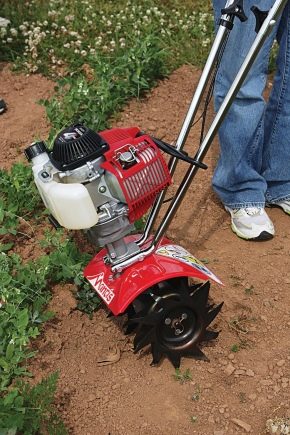
Cultivators are constantly helping farmers and large agricultural organizations. However, a high load leads to frequent breakdowns. Therefore, all farmers definitely need to know how to repair such equipment.
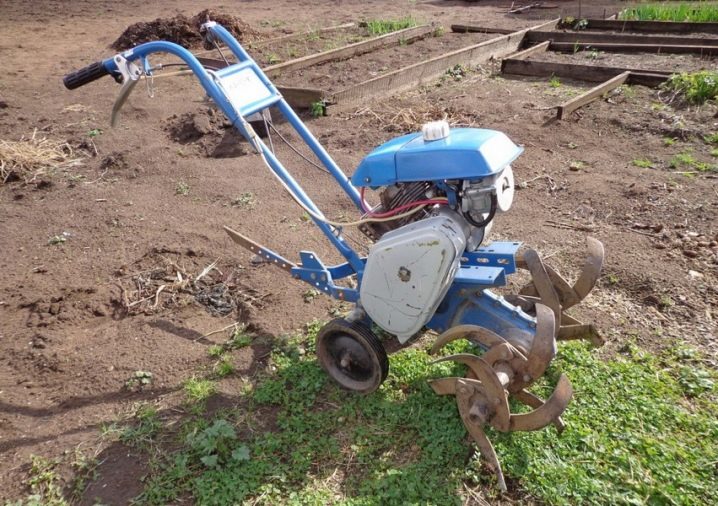
Motor malfunctions and their elimination
Speaking about how to deal with engine malfunctions, you need to start with violations in the ignition system. The first thing to check is whether fuel is being supplied. Having unscrewed the candle, they feel it. Humidity indicates that the fuel supply is not disturbed. Ignition adjustment is necessary if, during vigorous work with the starter, there is no spark between the electrodes. In the absence of it, you need to look for the problem in the generator, coil and cable.

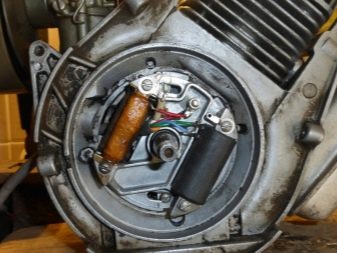
Some farmers complain about unstable or unauthorized idling. In such cases, first of all, it is assessed whether the candle is in good working order. The slightest cracking, the appearance of chips and other deformations means the need for immediate replacement of the part. You should also look for carbon deposits on the electrodes, if the gap is broken. The cable was likely damaged due to excessive heating or contact with fuel.


But it so happens that no problems are found in this link. Then it is necessary to look for irregularities in the operation of the generator or coil. The check is simple: you need to connect a measuring device to the generator leads, and then untwist the pulley, simulating the start of the cultivator. Normally, the voltmeter should show a voltage from 12 to 16 V. With full stability of the generator and cable, it is recommended to replace the coil.
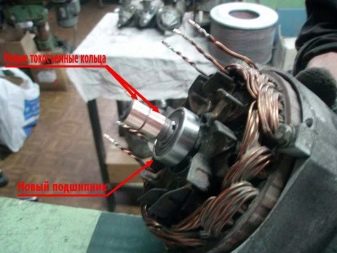
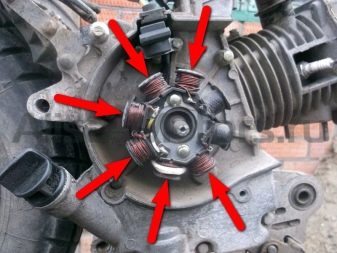
Individual malfunctions in the functioning of the engine are provoked by the wear of the launcher spring. This component cannot be repaired. It is replaced immediately. You should also set the ignition. A preliminary check of the accuracy of the gap separating the electrodes is carried out.
They do otherwise if the engine stalls when the choke is opened. This indicates the excessive poverty of the working mixture. There is enough fuel to ignite it, but it is no longer enough for efficient operation. The intake of the mixture through the dispenser occurs in a smaller amount than necessary. As a result, when the air damper is open, which is pushed back at the command of the speed regulator, the transfer of torque to the crankshaft does not occur.
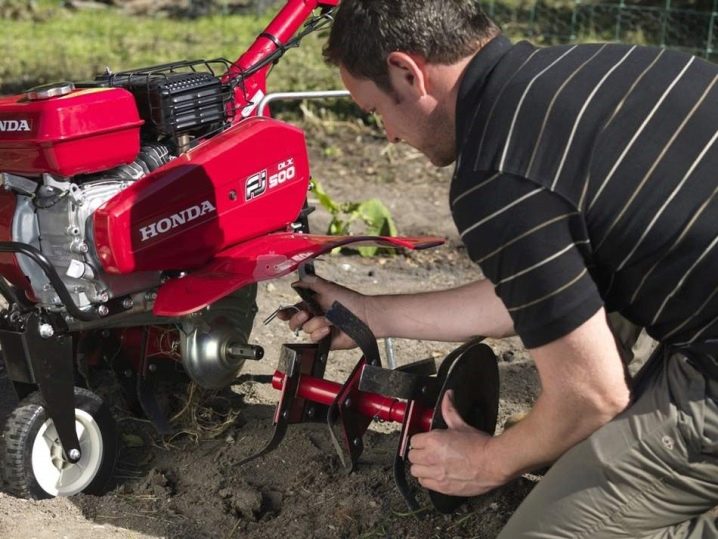
But it is important to understand that a similar picture often develops with excessive enrichment of the working mixture with fuel. In the first case, the main fuel line must be cleaned. On gasoline engines, the carburetor is dismantled and put in order. Fuel overflow occurs due to a skewed needle valve, due to a jammed float, or due to depressurization of this float. In all these cases, it is worth consulting with specialists so as not to spoil the motor even more inept interference.

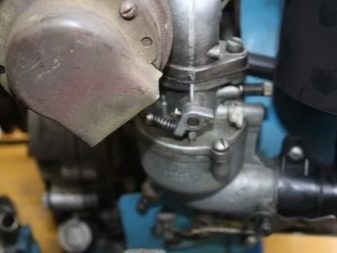
Sometimes there are complaints that the engine stalls under load. Such a problem can even happen with the products of well-established companies for a long time. First of all, the fuel and lubricating oil should be replaced - often this is enough. But if such measures do not help, it is worth checking the spark plug. Especially often it clogs up in two-stroke engines, where oil fumes are strong - when there is no spark, work is suspended.
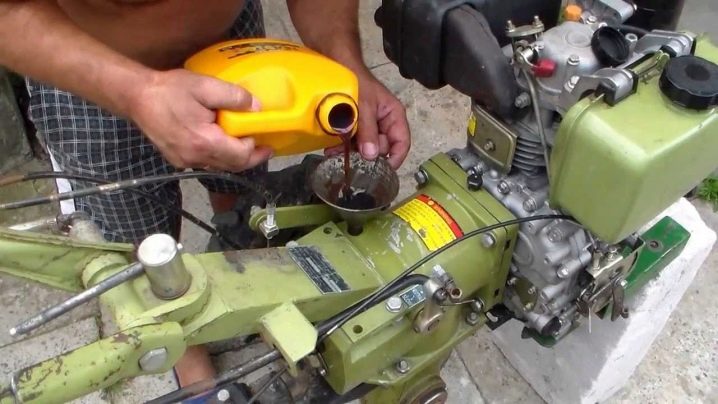
If everything is in order with the candle, it can be assumed that the cylinder-piston group is clogged with sand.The most important preventive measure is the use of only fuel of impeccable quality. Last of all, the carburetor and the fuel supply system are washed. Much more serious if the cause is loss of compression. They struggle with it mainly by replacing engine parts, sometimes you have to contact specialists.
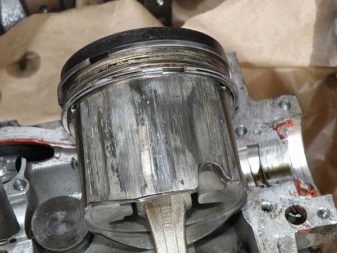

The last point to be aware of when the cultivator motors are not working properly is how to adjust the clutch. The adjustment is carried out until the cutters start spinning, and in normal mode. Start by loosening the bolts holding the motors. Then loosen the bolt on the connecting clamp. Squeeze the lever, fixing it squeezed out, slowly pull twice or three times on the starter handle.

Adjusting and cleaning the carburetor
It is very important to clean the defective part in case of problems with the carburetors of cultivators. First, the carburetor is disassembled, then washed with acetone. Check if the throttle valve is free to move. Further, it is assessed whether the fasteners of the fuel lines are intact, whether they are well formed. Important: the gas tank and the tap through which the mixture is supplied must be rinsed with exclusively pure gasoline.
When repairing two-stroke motor-cultivators operating on a mixture of gasoline and oil, clean gasoline that does not contain additional impurities, wash the entire fuel system. If this is not done, you can face its rapid wear. When the carburetor has been cleaned, it should be checked to see if fuel is flowing into the cylinder. It is enough to press the button to see if it has emerged from the float chamber lid. The final test is a trial run of the motor.
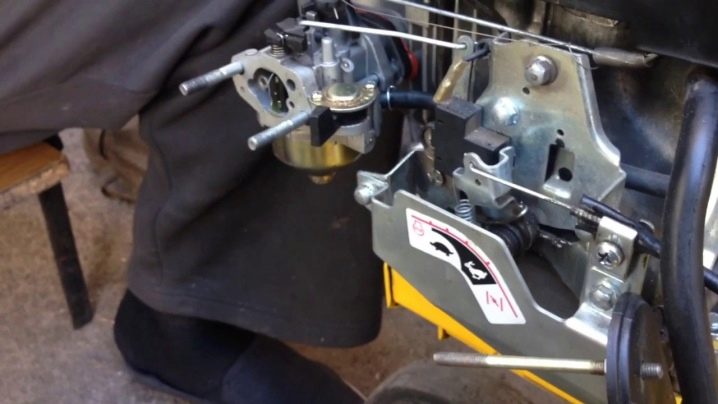
Fuel pump repair
It is quite possible to solve this problem with your own hands. First, a test is carried out:
- disconnect the high pressure fuel line;
- weaken the hose connecting the pump to the tap;
- release an airlock;
- twist everything back;
- put the lever on the starting position;
- squeeze the decompression valve;
- turn the start handle.
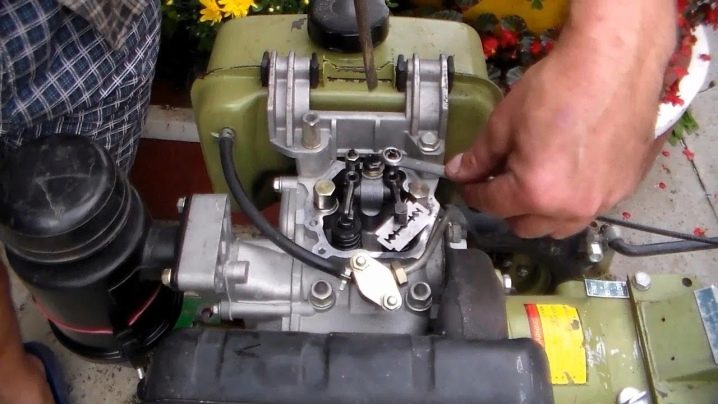
In case of a problem with the gasoline pump, it will be found that there is no diesel fuel at the output. Then the pump is dismantled and disassembled. Before that, it is useful to read the instructions so as not to damage anything additionally. Experts recommend preparing a place for folding all the parts to be removed. It is advisable to remove only those parts that are really necessary for the repair. Everything that is filmed is washed with gasoline or WD-40 liquid. The supercharger should not enter the inside of the cylinder too easily, but not as tightly as possible, and the check should be carried out without a spring. When everything is cleaned out, put the pump back together. Consider the marks on the adjusting gear and on the slider. After correct assembly, nothing prevents the movement of the slider itself.
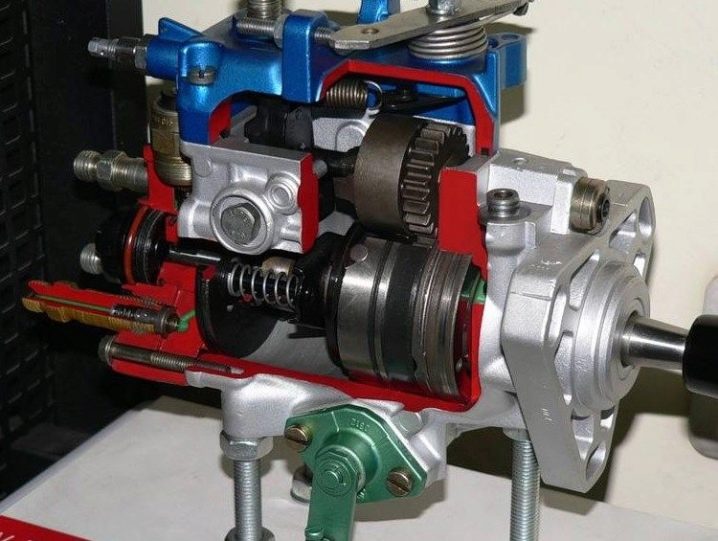
Why won't the cultivator start?
Sometimes even reading the instructions on how to start the cultivator correctly is not enough. The reasons why it stops working at all may be related to:
- gas tank;
- ignition circuit;
- fuel cock;
- open air damper;
- lack of fuel in the carburetor.
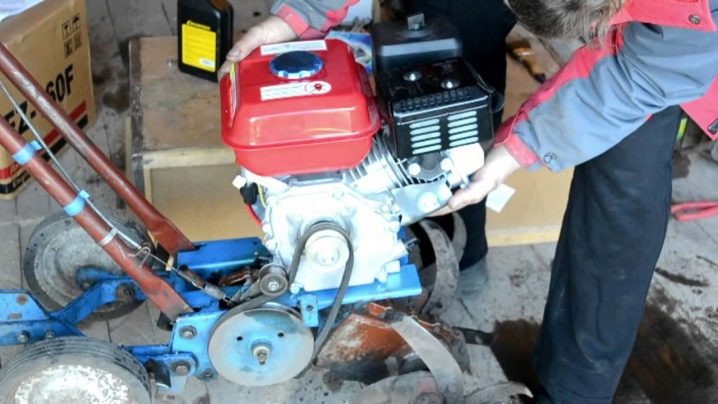
First, check the damper - if necessary, close it. If this is not the case, you must disconnect the fuel hose from the carburetor. Noticing that gasoline flows very sluggishly, it can be assumed that the filter or air valve is clogged. You also need to see if the candle is dry. When the fuel doesn't reach it, the carburetor is most often the culprit. Sometimes it is found that the candle is moistened even excessively. Drying the cylinder is the solution. Having unscrewed the candle, pump the motor.
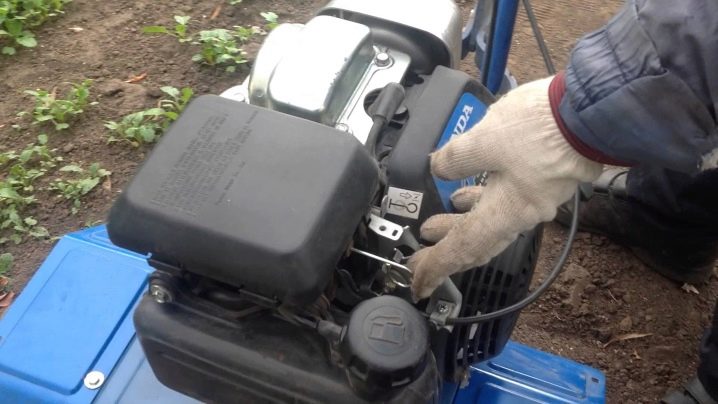
Attention: petrol supply is not allowed at this moment. Having found carbon deposits in the ignition system, clean it with sandpaper slightly soaked in gasoline.
Recommendations
It is important to know how the worm shaft is disassembled and assembled. If the load increases, the intersection points of the gears and worms quickly deteriorate. It is not possible to adjust the load manually.The only way to fix the damage is to replace the damaged gear. All the same, it cannot be repaired or restored. When working with the gearbox, you should be very careful when approaching the oil seals and retaining rings. You can only fill in the oil that is indicated in the instructions. When the body halves are separated from each other, both the gears and the chain must be carefully examined. It is sometimes worth tightening the chain as the tension will weaken over time. Each of the parts is washed in turn with kerosene.
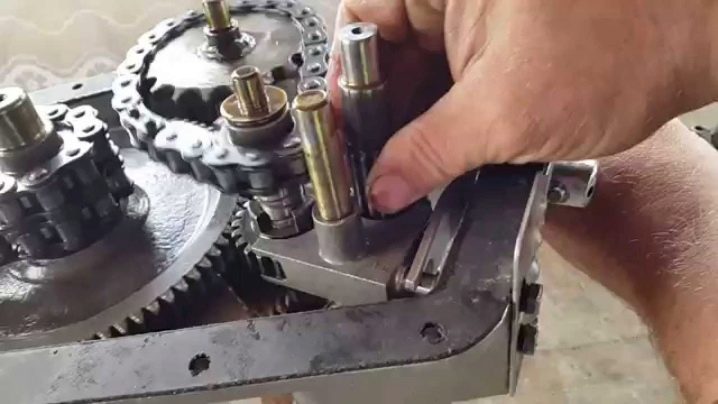
All deformed parts must be replaced. The assembly of the structure should be done as carefully as possible. Each piece must mate with the rest of the piece. The slightest misalignment of the gears is unacceptable. When manually turning the shaft, even slight noise should not be observed. Independent work with the shaft and the gearbox as a whole can bring good results. However, be sure to check if everything is done correctly. For the test, start the cultivator without any attachments.
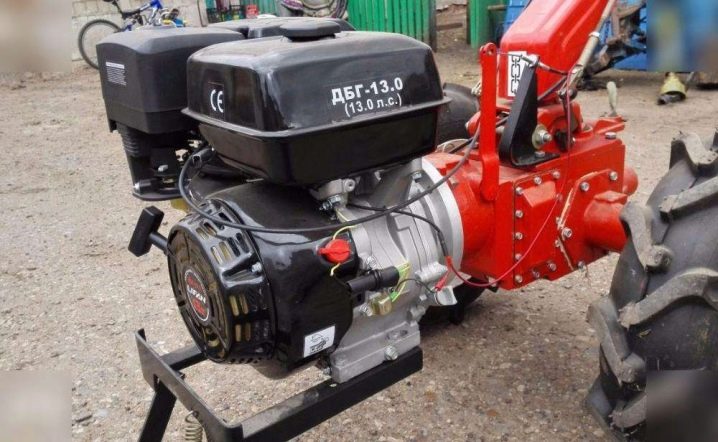
A separate point is the replacement of cultivator belts. There is nothing complicated about it. More powerful belts than required by the design of the apparatus must not be used. When choosing replacement products, it is necessary to check whether they are intact, whether there are protruding threads or breaks.
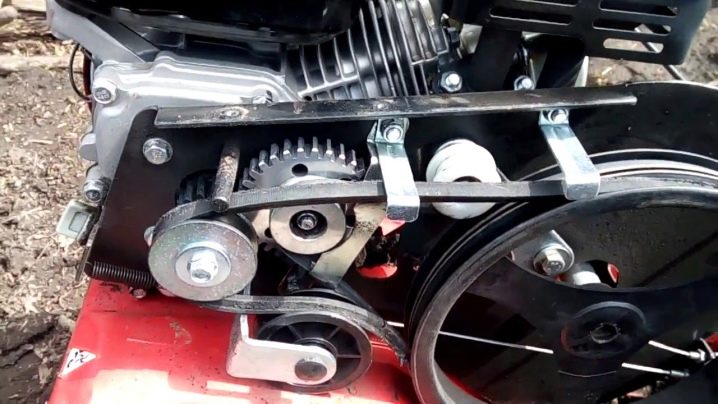
Important: deciding to change the belt, you must not bend it or stretch it when buying, otherwise the product will be damaged.
If the belt suddenly breaks, shift the gearbox to neutral, stop the engine, and then place the cultivator where it will be convenient to repair it. Next, remove the casing and remove the damaged belts. If partially intact, they are cut with scissors.
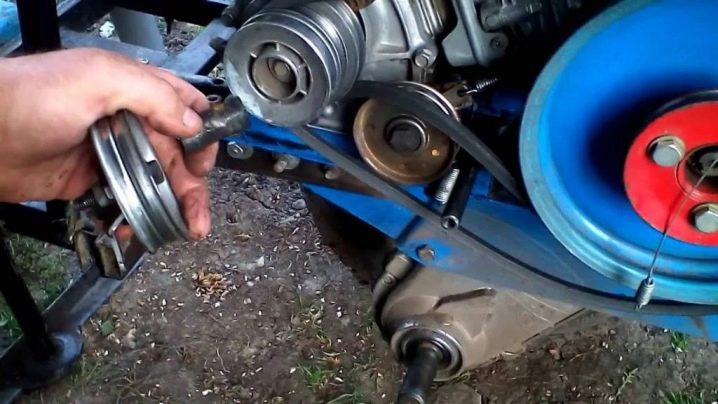
Attention: even if one of a pair of belts is in good condition, you still need to change both. If this is not done, the new part will take on all the load, which will significantly reduce its service life.
Next, remove the pulley from the motor shaft. The replacement belts are put on the pulley that remains on the shaft. The previous pulley is neatly covered with belts from above. Only after completing this procedure, they put the part back. At the same time, they do not ignore the key - it depends on it whether all this will spin.
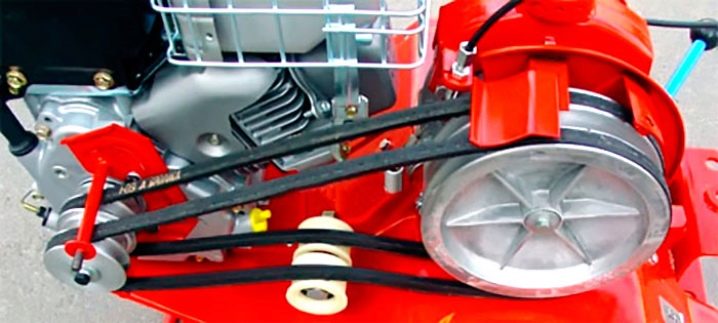
If during operation there are all sorts of noises, jerks, or other negative phenomena, you should immediately stop the engine and wait for it to cool. Only under this condition will it be possible to correct the problem without negative consequences. A runaway motor, which independently picks up a very high torsion speed, is "treated" only by careful adjustment. If, with the throttle open at 100%, suddenly pressing the gas decreases performance, you just need to let the engine cool down. As soon as the overheating is eliminated, the work is normalized.
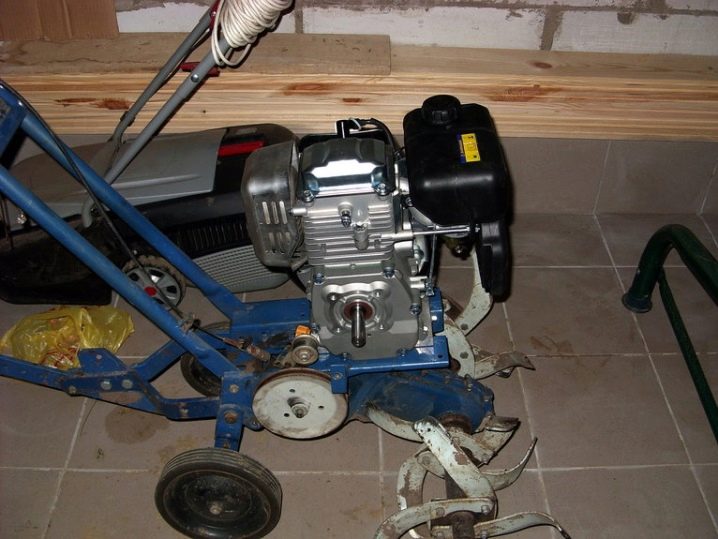
For information on how to repair a cultivator with your own hands, see the next video.



































































The comment was sent successfully.